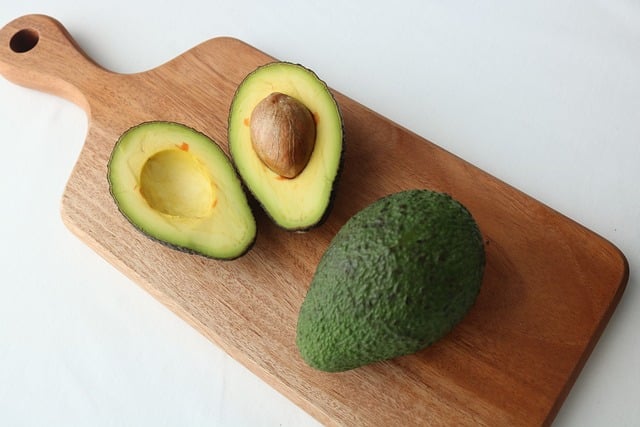The second trimester is often called the “honeymoon phase” of pregnancy—and for good reason. Many women find that nausea and fatigue begin to fade, energy levels rise, and the reality of pregnancy starts to feel more exciting than overwhelming. But this stage isn’t without its own unique challenges and changes. From newfound energy to body transformations, here’s what to expect and how to make the most of these middle months.
A Welcome Energy Boost
For many, the second trimester feels like a breath of fresh air. The extreme exhaustion of the first trimester lifts, and you may find yourself feeling more like your old self again. Take advantage of this window to check off important to-dos, such as preparing your home for baby, shopping for maternity essentials, or even taking a babymoon.
Regular exercise can help sustain this energy. Activities like walking, swimming, and prenatal yoga not only keep you active but also help prevent aches and pains as your body grows. Just be sure to listen to your body—if you feel fatigued, don’t push too hard.
Changes in Your Body (That No One Warned You About)
As your baby grows, so does your belly—and that’s just the beginning. Many women experience a variety of body changes during this trimester, some expected, some surprising.
- A Growing Bump – By now, your baby bump is likely becoming more noticeable, and you may need to transition into maternity clothing.
- Skin Changes – Some women develop dark patches on their face (melasma) or a dark line down their belly (linea nigra). These are caused by hormonal shifts and often fade after pregnancy.
- Round Ligament Pain – As your uterus expands, you may feel sharp pains or discomfort in your lower abdomen or hips. This is normal, but if the pain becomes severe, talk to your doctor.
- Increased Appetite – With morning sickness behind you, your appetite may return with a vengeance. Focus on nutrient-dense foods to fuel both you and your growing baby.
Feeling Baby’s First Moves
One of the most magical moments of pregnancy happens in the second trimester—you’ll likely feel your baby move for the first time. These early movements, often described as flutters or tiny bubbles, typically start between 16 and 22 weeks. Over time, they’ll become stronger and more defined.
This is also the time when many parents-to-be find out their baby’s sex (if they choose to). A mid-pregnancy ultrasound, usually performed between 18 and 22 weeks, checks on the baby’s growth and development.
Preparing for Baby’s Arrival
While the third trimester is when nesting instincts kick into high gear, the second trimester is a great time to start planning without feeling rushed or overwhelmed. Consider taking a childbirth or parenting class, researching pediatricians, and beginning to organize baby gear.
It’s also a good time to communicate with your employer about maternity leave, if you haven’t already. Understanding your options now can help make the transition smoother when the time comes.
When to Call Your Doctor
Though the second trimester is often easier than the first, certain symptoms shouldn’t be ignored. Call your healthcare provider if you experience:
- Severe abdominal pain or cramping
- Heavy bleeding
- Persistent headaches or vision changes
- Sudden swelling in your hands, face, or feet
- A decrease in baby’s movements after you’ve started feeling regular activity
The Takeaway
The second trimester is often a turning point, offering a renewed sense of energy and excitement. It’s a time to embrace body changes, enjoy baby’s first movements, and start preparing for the big day. Take this opportunity to stay active, eat well, and soak in the experience—you’re halfway there!








